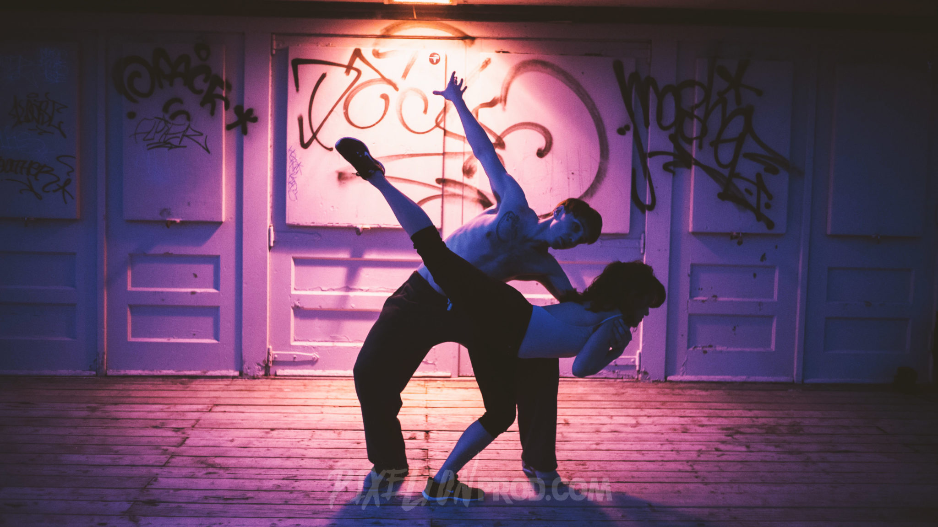
During the pandemic many dancers have turned to video projects as a means of self expression, communication, and art production. While screendance and dance for camera are not new concepts, their popularity has greatly increased in the current digitized world, especially after over a year of mandatory quarantine where digital networks were the only means of communication. Many artists have launched initiatives which brought screendance to the forefront of their communities. Many artists have launched initiatives which brought screendance to the forefront of their communities. One such initiative
Body and Lens (https://www.duetwithcamera.com/body-and-lens-festival2021)
Organised by Koushik Podder and Sumedha Bhattacharyya . Attended by Screendance pioneers such as Douglas Rosenberg and professors such as Urmimala Sarkar.
They moderators asked me to answer a few questions regarding Screendance pedagogy which I would like to share with you here:
-
As a dancer film educator, what do you see as the vision and critique of pedagogy for Screendance filmmaking?
I feel that there is an urgency to make make make rather than to plan or reflect, modern day society encourages constant production and it feeds into the Screendance artists’ or dance makers’ psyche as well. Everyone is eager to make the film get it out there and enjoy the social media likes! With that in mind, I would love to see dance film makers learn a little about the history of Screendance, the different techniques for filming and production, equipment and cultural/social significance of the produced work. I would urge every aspiring dance film maker to ask themselves the following questions:
Why do I want to make this film?
What do the characters in my film represent?
What do the gestures/movements in my film signify?
How will my audience interpret the dancing, the visuals, and the ideas in the film?
Where does my film fit in the larger context of Screendance?
Dance film making is never a linear process but answering these questions can help guide the filmmaker in the direction where they are interested in going. When I was making my first dance film, it was simply born out of an idea of displacement and numbness with an urge for stability, love, and a home. As we continued the process of production and filming certain elements changed (like the song or the choreography and spaces) but the idea remained the same and the final product reflected it which made it stronger in my opinion.
-
In Screendance teaching, which topic/s do you feel should be covered? As an educator yourself, you may build the discussion with an example of a course topic you teach.
In my practice, I have taught Dance, Film, and Culture as an undergraduate course, it was a course built on cultural analysis of popular dance films in the 20th century such as Flashdance, Saturday Night Fever, White Nights, and Black Swan. This process has allowed me to understand dance in film and Screendance from a cultural and aesthetic perspective. From the way Camera angles are used to portray the dominance or submission of character (think of the machismo portrayed by John Travolta getting dressed in Saturday Night Fever with posters of female celebrities and low shots of his body!) to objectification and deconstruction of the female body (think of the Maniac training scene in ‘Flashdance’) these perspectives allowed me to look at Screendance in much more than an artistic view and helped me formulate my teaching around the history of Screendance and its use in big budget films. I now lead Dance on Camera workshops for the RAD and always try to incorporate at least some elements of the history of Screendance (A lot of it given by Douglas Rosenberg, it is a pleasure and honor to meet you here on the same panel!) as well as the cultural/social significance of various elements in the film. I talk about how artists from Charlie Chaplin to Denishawn have used dance in their video productions and relate their aesthetic choices to more current works of companies like Random and solo site-specific works such as that of Sergei Polunin. I find that such understanding gives a more rounded approach to dance film making rather than simply teaching dancers film techniques. Another side point I always make is differentiating between Screendance – dance made for and with the camera, recorded dance – dance captured by the camera but not made for it, dance film – a film with a story based around dance, as well dance in film – where dance is only a side element in a larger story. These divisions help delineate the focus of the work and make a transparent distinction of its purpose.

